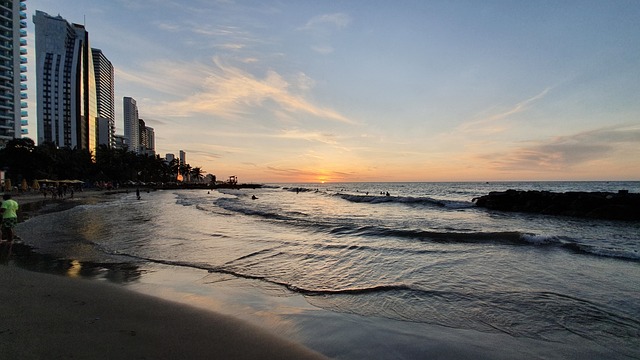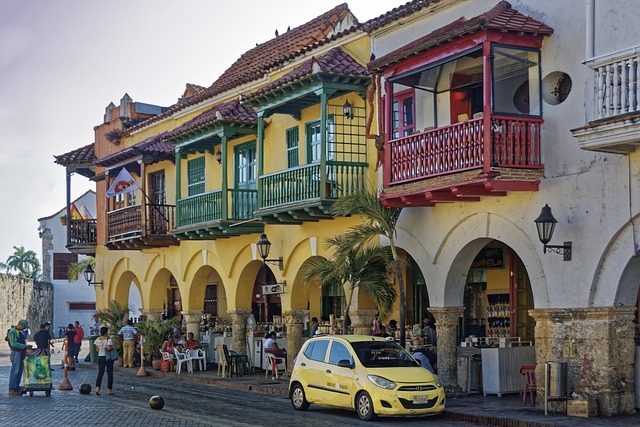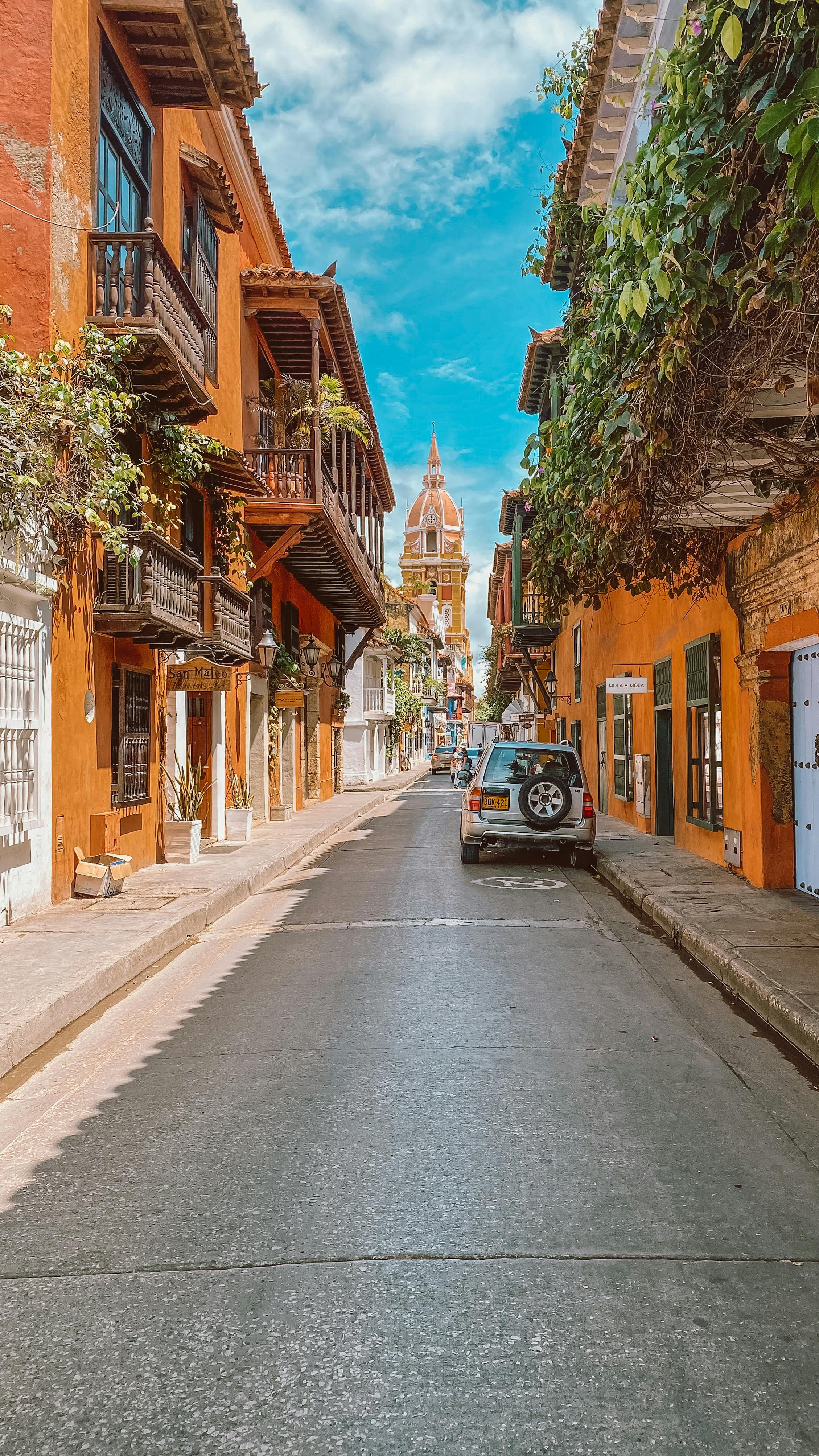
SDEWES INDEX
related metrics presents an opportunity to trigger policy learning, action, and cooperation to bring cities closer to sustainable development.
On these pages you will be able to get all the useful information you need to reach Cartagena de Indias, how to get around, whether you need a visa for entering and suggestions for booking accommodation.



CITY OF CARTAGENA DE INDIAS
Cartagena de Indias is a city located on Colombia's Caribbean coast, known for its colonial architecture and a rich history. It is a popular tourist destination thanks to its warm beaches, historic center and vibrant nightlife. 500 years of history are echoing in the walls of Cartagena de Indias, and you have to listen to them to discover a city full of guarded secrets. This destination, widely recognized internationally, ensures its visitors unforgettable activities amidst tradition, the sea, and a fascinating native culture of the Colombian Carribean. It is a destination where you experience the contrast of a colonial city within a modern one. Inside the ancient wall, which separates it from the modern city, you will find colonial mansions with colorful balconies, narrow streets leading to squares, colonial churches, and old cloisters that today are sumptuous boutique hotels. Complementing the history and culture that permeates Cartagena de Indias are its beaches and small islands ideal for diving and water sports.
Emblematic places and touristic attractions not to be missed:
Walled City: Cartagena's historic center, surrounded by ancient walls and filled with cobblestone streets and colonial buildings.
San Felipe de Barajas Castle: A 17th-century fortress offering stunning views of the city.
Plaza de Santa Teresa: A historic square with a former convent and horse-drawn carriages.
Naval Museum: A museum that evokes Cartagena's naval history
La Serrezuela Shopping Center: A shopping center located in a former bullring.
Getsemaní Neighborhood: A bohemian neighborhood known for its cobblestone streets, art shops, and restaurants.
Paseo de la India Catalina: A seaside promenade overlooking the Caribbean Sea.
Old Churches: Cartagena has several old churches, such as the Cartagena Cathedral.
Beaches: Cartagena has several beaches, such as Bocagrande, which offer white sand and crystal-clear waters.
Rosario Islands: An archipelago near Cartagena known for its beaches and coral reefs.
International Music Festival: A festival held in January that brings together international musicians.
Hay Festival: A literary festival held in January that brings together international writers and thinkers.
SAFETY:
Cartagena tourist part is one of the safest cities in Colombia. The Old Town, Getsemaní, Bocagrande and Castillogrande neighborhoods are regularly patrolled by police. That said, petty theft is still a possibility. Keep valuables out of sight and your wits about you. Use licensed telephone or internet-based taxi services whenever possible or book through your hotel. Many restaurants in Colombia will book a taxi for you. Do not hail taxis on the street. Avoid displaying valuable items like laptops, cameras and mobile phones. Do not wear jewellery and only carry minimal amounts of cash. Avoid travelling on your own or at night, especially areas where there are few other people around.
MONEY AND CURRENCY
The Colombian currency is the Peso Colombiano (COP). The currency has the following banknotes: 2.000, 5.000, 10.000, 20.000, 50.000 y 100.000 COP. Generally, outside of major hotels, you cannot pay with a foreign currency.
CURRENCY EXCHANGE RATE
There are banks and currency exchange kiosks located at the airport, in the city and in main shopping malls. You will have to show your passport to exchange money.
VACCINES
Currently, no vaccines are required to gain entry to Colombia. However, if you wish to visit tourist sites such as the Sierra Nevada de Santa Marta National Park, the Tayrona National Park or the different Amazon reserves, the Colombia authorities will require that you are properly vaccinated against yellow fever. Remember that this vaccine must be administered at least 10 days prior to traveling to these destinations. Although it is not required by the authorities to gain entry to Colombia, it is higly advisable to vaccinate against yellow fever, regardless of the area you visit.
Check the list of all the areas in which yellow fever vaccination is mandatory.
Please bear in mind that you must be vaccinated at least ten days prior to traveling to the aforementioned areas. Remember, you can also get the vaccine in any of Colombia's major cities.
Other recommended vaccines, but not mandatory, include immunization against Hepatitis A and Typhoid fever. The same applies to Malaria pills, which are advisable if visiting the rainforest regions, where we would also recommend the use of insect repellent and mosquito nets.
LANGUAGE
The official language in Colombia is Spanish. English will be the working language of the conference.
VOLTAGE IN COLOMBIA
The voltage in Colombia is generally 110 V, and the frequency is 60 Hz. The plugs and sockets are of type A y B.
Please contact us at la.sdewes2026@sdewes.org for any questions.










